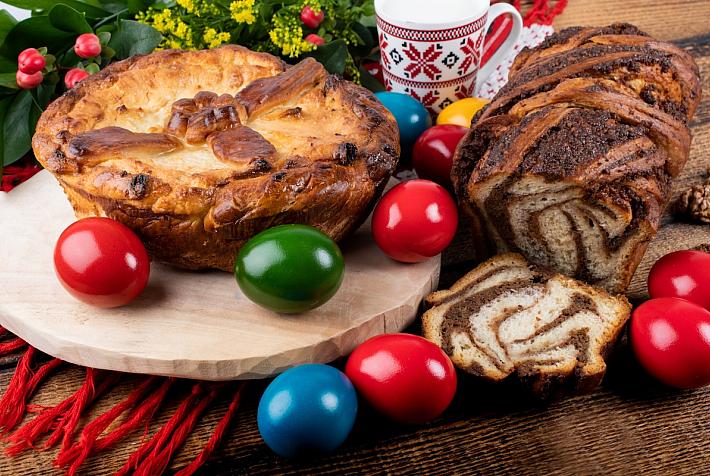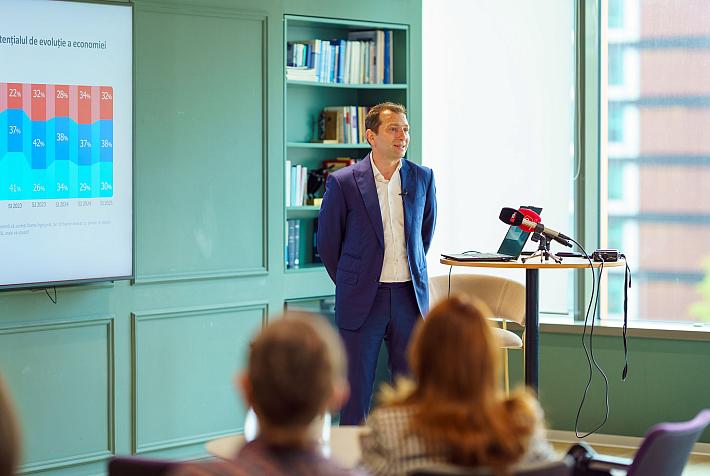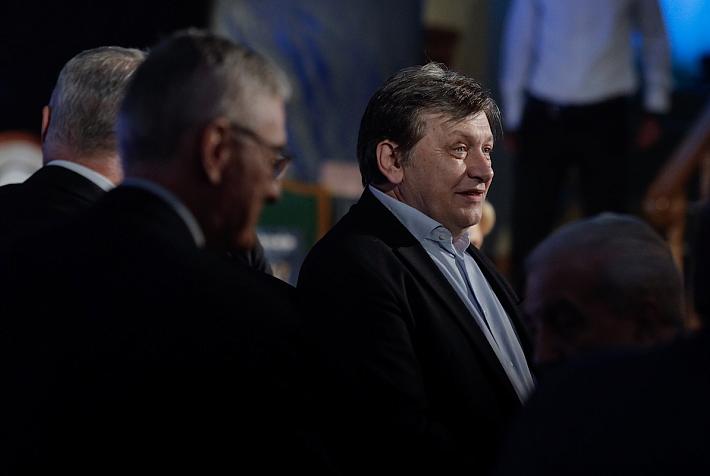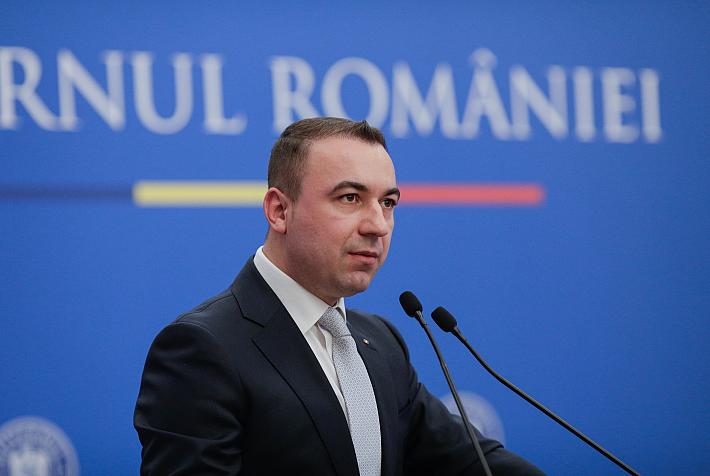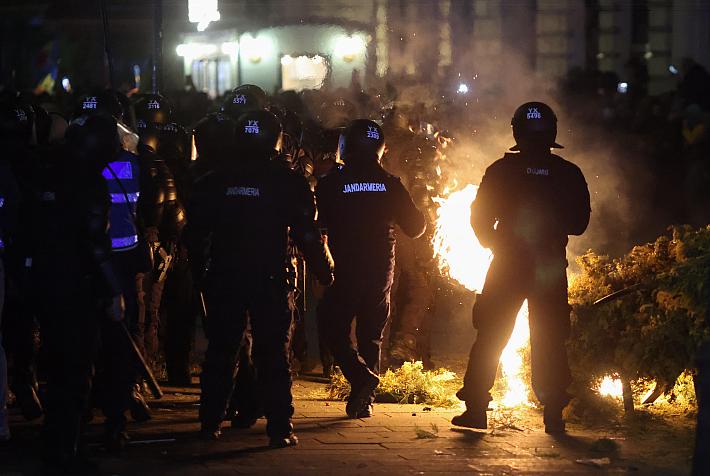Orthodox Easter: Events in Bucharest and in the country

After a pandemic-induced break, Easter fairs have returned to cities across the country, and museums organize various themed events in the run-up to the celebration. We outline below some of the activities available in Bucharest and other cities in the week before the Orthodox Easter.
In Bucharest, Creart, one of the city’s cultural centers under the umbrella of the City Hall, hosts between April 15 and April 22 an Easter fair, Easter Traditions, covering exhibitions, workshops and egg decorating demonstrations. At the Creart Gallery, the public can see an exhibition of decorated eggs, the work of Rodica Bărhădan, an artisan from Paltin, Suceava county, curated by Doina Ișfănoni, an ethnologist and art historian. Between April 15 and April 17 (15:00-18:00) and April 18 and April 22 (11:00-13:00), Bărhădan will hold workshops on the time-honoured custom of egg decorating. Overall, the public can see and purchase a range of traditional products and items related to Easter, from painted eggs to hand-painted icons, wood-made items or weaved products. More about the event here.
The Grigore Antipa Natural History Museum invites children to an Egg Hunt in its garden on April 21 (11:30 – 12:45). The event is open to children aged 6 to 10, and participants will use the items they find to paint, cut, glue, and design various personalized items. More details about registration and fees are available here.
For classical music fans, the George Enescu Philharmonic hosts two concerts featuring a program of works by Johannes Brahms and Pyotr Ilyich Tchaikovsky. The George Enescu Philharmonic Orchestra will present The Schicksalslied (Song of Destiny), Op. 54 by Brahms and Tchaikovsky’s Violin Concerto in D major, Op. 35, with violinist Valentin Șerban as a soloist, and Symphony No. 5 in E minor, Op. 64. The choir of the George Enescu Philharmonic is conducted by Iosif Ion Prunner. Because of the Easter celebration, the concerts are held on Wednesday and Thursday, as opposed to the usual Thursday and Friday dates.
After a three-year break, Sibiu is hosting again this year an Easter Fair, in the city’s Grand Square. More than 50 stalls were set up for a display of traditional products, sweets, and Easter decorations, ceramic items and toys, and various goodies from honey to pastry and pancakes. The fair is open between April 15 and April 26. The youngest visitors can enjoy a merry-go-round, a miniature train, an inflatable castle, and a trampoline, among others.
On the week before the Orthodox Easter, the Astra Museum in Sibiu holds an egg painting workshop. Participants are invited to paint large, egg-shaped cardboards, drawing inspiration from traditional motifs of decorated eggs. Museum staff will be available to offer more info on the craft of egg decorating, the use of natural colors in the process, and what the motifs represent. The event takes place at Pivelor Alley in the open-air museum, from 10:00 to 17:00. More details here. To inspire those who decide to register for the workshop, the open-air museum hosts 16 giant eggs, painted recently by children who took part in the museum’s educational activities.
The ethnographic museum in Sibiu is one of the best places to get acquainted with and experience the Easter traditions. Their past events included events covering both the Catholic and the Orthodox Easter celebration, and the customs and culinary traditions associated with the event.
Timișoara, in western Romania, is also hosting an Easter Fair until April 27. The fair takes place in the city’s Libertatii Square and in four neighborhoods - Freidorf (Petőfi Sandor Square), Traian area (Millenium Church, Regina Maria Park), Lipovei area (Holdelor St. Park) and Soarelui area (Padurice Park). The public will be able to sample a range of hand-made items and foods, while puppet theater shows and an egg hunt, scheduled for April 25, are available for children.
At the same time, the Banat Village Museum in Timișoara hosts between April 15 and April 25 a Spring Park occasioned by Easter. The public will be able to enjoy contemporary art installations, a bazar with various hand-made items, as well as concerts and shows. A treasure hunt will also be available, as will a food court. There will also be an area for children, featuring an adventure zone, theater performances and workshops. And there will also be an Acoustic Brunch on Saturdays. More about the program here.
A trip to Bucovina is another good opportunity to discover the custom of the painted eggs. Beeswax is used in the painting process, and this is applied with a traditional instrument called chișiță. At first, the contour of the ornaments is drawn, and then the beeswax is applied using the special instrument. Then the egg is submerged into color, and the operation is repeated depending on how complex the pattern is. At the end, the hardened wax is wiped with a warm cloth, thus highlighting the multicolor décor.
For those who wish to see the variety of decorating produced in the region, several museums with impressive collections are available in Bucovina. In Moldoviţa, in Suceava county, artisan Lucia Condrea established a museum with a collection encompassing more than 11,000 items, gathering decorated eggs from 56 countries. A virtual tour is available here. In Vama, also in Suceava county, another museum displays an extensive collection of items from all areas of the country and from around the world. The collection belongs to Letiţia Orşivschi, who designed several of the items on display. More about the museum here. In Ciocăneşti, also in Suceava, another museum displays a variety of decorated eggs, many of them with motifs that can also be encountered on the village’s houses.
(Photo: Kutizoltan | Dreamstime.com)
simona@romania-insider.com







